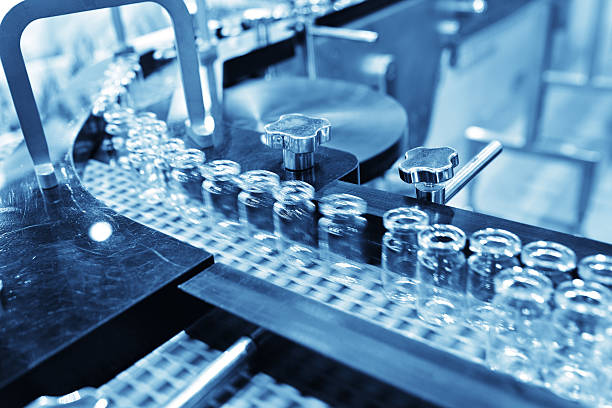
SPE is a powerful technique for sample preparation and separation/enrichment. It is employed in a number of areas, such as hydrometeorology and environmental science as well as bioanalytical as well as food analysis.
SPE is a better alternative to liquid-liquid extraction (LLE) that has several disadvantages, including low selectivity heavy labor, and high costs of solvents. However, SPE has advantages that make it an appealing alternative to LLE for numerous applications.
Cost Effectiveness
SPE is a cost-effective sample preparation method that reduces the number of steps and techniques necessary to prepare a specimen. It also makes it easier to prepare the sample matrix, reducing the burden on the analytical system as well as improving the quality of the final analysis.
The SPE technique uses adsorbents and solid surfaces to isolate analytes in a sample using the process of dispersion, partitioning or adsorption between the liquid phase and the sorbent surface. This allows for analytes to be removed from a complicated sample matrix, without the need to perform additional concentration steps, making it less environmentally-friendly and more affordable than conventional techniques.
For a wide variety of sample types, miniaturized as well as solvent-free extraction techniques such as Stir Bar Sorptive Extraction(SBSE) and Solid-Phase Microextractions (SPME) are becoming common alternatives. They are very simple to apply, don't require extra concentration steps, are safe and lower operating costs.
Pesticide residue -Quality
The term "selectivity" refers to the capability of a method or compound to distinguish one chemical from the others in a specimen. This is a crucial aspect in the creation and implementation of analytical procedures.
The development of methods for selective extraction is particularly useful when there are many possible Analytes in the matrix of samples. In this case, establishing the most efficient extraction process will greatly increase the accuracy of the results from analytic tests.
To increase the effectiveness of your extraction To maximize selectivity, you must adjust the extraction conditions to ensure that there are less coextractables. This will result in the highest recovery of analytes. This can be achieved using three basic techniques including temperature, solvent selection and the use of adsorbents in the cell for extraction.
The choice of adsorbents based on a wide range of variables. Higher affinity sorbents will show higher selectivity than those which are less affinity. This is because absorbance is mostly dependent on the surface chemistry the sorbent.
Flexibility
Solid phase extraction (SPE) is an analytical technique used for concentration and purification of sample matrices for use in liquid chromatography (LC) and mass spectrometry analyses. The process utilizes the affinity of solutes dissolved in a liquid to bind to a solid through which the sample is passed and then separate the mixture into undesired and desired components.
SPE differs from conventional LC methods because it alters the sample matrix to a simpler environment, making it more compatible with chromatographic methods. This makes the sample easier to make, less demanding on the analytical system and prolongs its life, and can increase the sensitivity and the quality of the chromatographic results.
SPE can be carried out in many ways. Depending on the type of sorbent used, SPE may be classified as adsorption, Ion exchange, or mixed-mode. It is equally essential to ensure that the sorbent surface chemistry is adapted to the specific analyte's specific needs and is independent of the chemical composition of the analytical chromatography column.
Safety
In the chemical analysis process, sample preparation is essential for ensuring accurate and informative results. It consists of steps such as pre-treatment, ionization, separation, and purification, which all contribute to the final analysis.
Solid phase extraction (SPE), a method of selective sample preparation is like column chromatography. It is a flexible method that is employed in a variety of areas.
It has been shown to be extremely efficient in the separation of low and high-molecular-weight compounds. It is a green technique which eliminates the need for toxic solvents or other hazardous chemicals.
It can be used to determine a variety of analytes across multiple industries which include agriculture. It can also be used to detect herbicides, pesticides, food toxins, and other potential contaminants that may affect the health of people.
